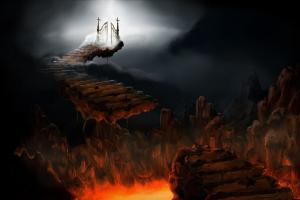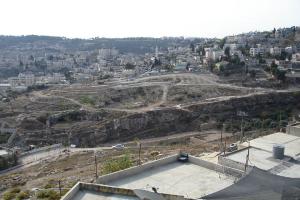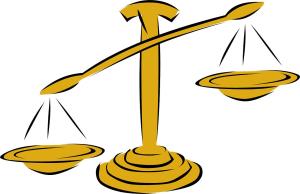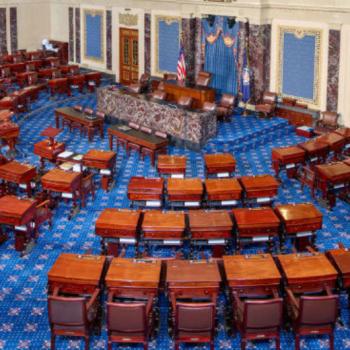In a recent news special, a report showed the aftermath of the destruction from recent natural disasters. As the images of ruins covered the landscape, a comparison to hell was made.

It’s ironic the world doesn’t acknowledge God or spiritual truth, yet understands the devastation of hell. Every disaster results in destruction, loss of life and the world is never the same. It’s no wonder many compare them to hell, below are a few common beliefs about hell.
- Unbearably hot
- Eternal suffering
- Punishment for sins
Hell is so bad that some people refuse to believe God would send people there. They are right on both thoughts; hell is an unimaginable place of damnation; because God creates it for Satan and his angels to suffer for eternity. God doesn’t want any human to perish and go to hell (Ezekiel 33:11, 2 Peter 3:9).
Hell
While the world places the gloom of hell on physical suffering, Christians understand people in hell are eternally separated from God and there is no return.
Hell is God’s hell created to punish evil. However, since the fall of man, those who choose to live by their flesh and the ways the world have inherited the damnation of hell.
Unfortunately, even God’s people have a tendency to reject the ways of God. Jesus confronted the Pharisees about their ways and warned them of God’s judgment when He will separate the wheat from the chaff (Matthew 3:7-12).
Chaff is the bad and unusable part of wheat, in ancient times after the wheat was separated, chaff was thrown out and burned up in the Hinnom Valley outside the city of Jerusalem.

This Valley was like a modern burn pit where people burned their trash and at times sacrificed children to other gods (Jeremiah 7:31-40; 19:5-6). It’s no wonder God’s people used it to symbolize hell or Gehinnom.
Gehinnom
Gehinnom, the abode of the dead, where evil people spend eternity in the Jewish afterlife. It is a place of extreme heat and punishment. Some Jewish beliefs view it as a temporary punishment.
However, the prophet Moses references a permanent death (Genesis 3:4). Later, God had to give Moses the law (Mitzvah) to help God’s people live right. In Judaism there are degrees of sin and from that Jewish mysticism birthed different levels of hell for specific sins.
- Sheol
- Abaddon
- Beër Shahat
- Tit ha-Yawen
- Sha’are Mawet
- Sha’are Zalmawet
- Gehenna
The gates of hell in Jerusalem led to the Hinnom Valley that bordered the city on the south. Jesus said that this evil and destruction had no place in the church (Matthew 16:17-18).

The Valley was known for death and suffering, spiritually it is the home of the unrighteous. Hell is ultimately the home of those who aren’t right with God. This is why the Apostle Paul says the unrighteous shall not enter heaven (1 Corinthians 6:9-11.)
Righteous
Righteousness is defined as being morally right or justified and acceptable in the eyes of God. Judaism teaches good deeds in this life make us righteous. The Apostle Paul contradicted this belief by stating none of us are righteous (Romans 3:10).

Jesus confronted the Pharisees about their self-righteousness (Matthew 23:13-16). The Pharisees were on the outside keeping people from entering into heaven.
- They burdened God’s people
- They made it hard to enter heaven
- They neglected justice
- They focused on external righteousness
So Jesus told a parable to warn His followers about classifying sins and looking down on others (Luke 18:9-14.) Still, today there are religious leaders who look down on the sins of others they think deserve hell more.
Jesus taught the need to avoid all sin because it is unrighteous and leads us to Gehinnom (Luke 10:11-12).













